Industry Knowledge Extension
The nuts and bolts that hold together the myriad parts of an automobile are critical to its performance and safety. Among these components, joint nuts, iron hex bushings, and steel tube nuts stand out for their specific applications and characteristics.
1. What Joint Nuts are Suitable for Automobiles?
When considering the suitability of joint nuts for automobiles, several factors come into play. The is the material composition. High-quality steel or stainless steel is often preferred due to its strength and resistance to corrosion. These materials ensure that the joint nuts can withstand the vibrations and stress experienced during driving.
Thread size and pitch are also critical considerations. The thread size must match the bolts with which they will be paired, and the pitch must be consistent to ensure a secure fit. Automotive joint nuts are designed to meet industry standards for thread specifications to ensure compatibility and reliability.
Furthermore, the design of the nut is important. Automotive joint nuts often feature a flange or a jam nut design to prevent loosening due to vibration. This design feature is crucial for maintaining the integrity of the vehicle's structure and ensuring safety.
Suitable joint nuts for automobiles are those made from strong, durable materials, with the correct thread size and pitch, and featuring designs that prevent loosening under stress.
2. What Causes Dimensional Errors During the Iron Hex Bushing Production Process?
Dimensional errors in iron hex bushings can arise from several factors within the production process. One common cause is variations in the raw material. If the iron used has inconsistent properties or if it contains impurities, it can inaccuracies in the final product's dimensions.
Machining errors are another significant contributor to dimensional inaccuracies. This can occur if the cutting tools are not sharp enough, if the machines are not calibrated correctly, or if the operator makes mistakes during the machining process. Ensuring that machines are well-maintained and that operators are well-trained can help minimize these errors.
Process control is also crucial. If the temperature, pressure, or timing during the manufacturing process is not carefully monitored and controlled, it can dimensional errors. Implementing strict quality control measures and using precision instruments can help maintain consistency in the production process.
Finally, post-production factors such as heat treatment and finishing can also affect the dimensions of iron hex bushings. If these processes are not carried out properly, they can cause the bushings to expand or contract, dimensional discrepancies.
Dimensional errors during the production of iron hex bushings can be attributed to raw material inconsistencies, machining errors, inadequate process control, and improper post-production treatments.
3. Are Steel Tube Nuts Stronger?
Steel tube nuts are often considered stronger than their counterparts due to the properties of steel and the design of the tube nut. Steel is known for its high tensile strength and durability, which makes it an ideal material for applications where high loads are expected.
The design of tube nuts also contributes to their strength. Tube nuts are typically larger in diameter than standard nuts, providing a larger bearing surface and thus distributing the load more evenly. This design reduces the stress concentration points that can failure in smaller, standard nuts.
Moreover, tube nuts often feature a thicker wall thickness compared to traditional nuts, which adds to their overall strength and resistance to deformation. This is particularly important in applications where the nut is subjected to high torque or where it is critical that the nut does not strip or break under load.
However, it is important to note that the strength of a tube nut also depends on its manufacturing process, material quality, and how it is installed and used. A poorly made or improperly installed tube nut may not be as strong as a well-crafted standard nut.
Steel tube nuts are generally stronger than other types of nuts due to the material properties of steel and the design features that enhance their load-bearing capabilities. However, the actual strength of a tube nut depends on various factors, including manufacturing quality and proper installation.
 boo@zjmgmm.com / 958587858@qq.com
boo@zjmgmm.com / 958587858@qq.com English
English русский
русский Español
Español عربى
عربى
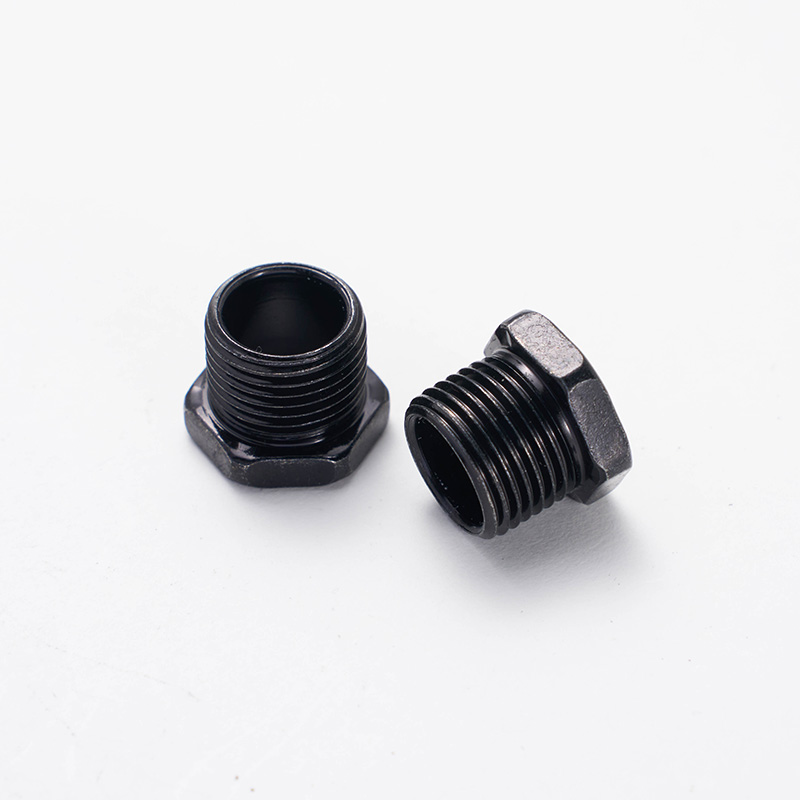
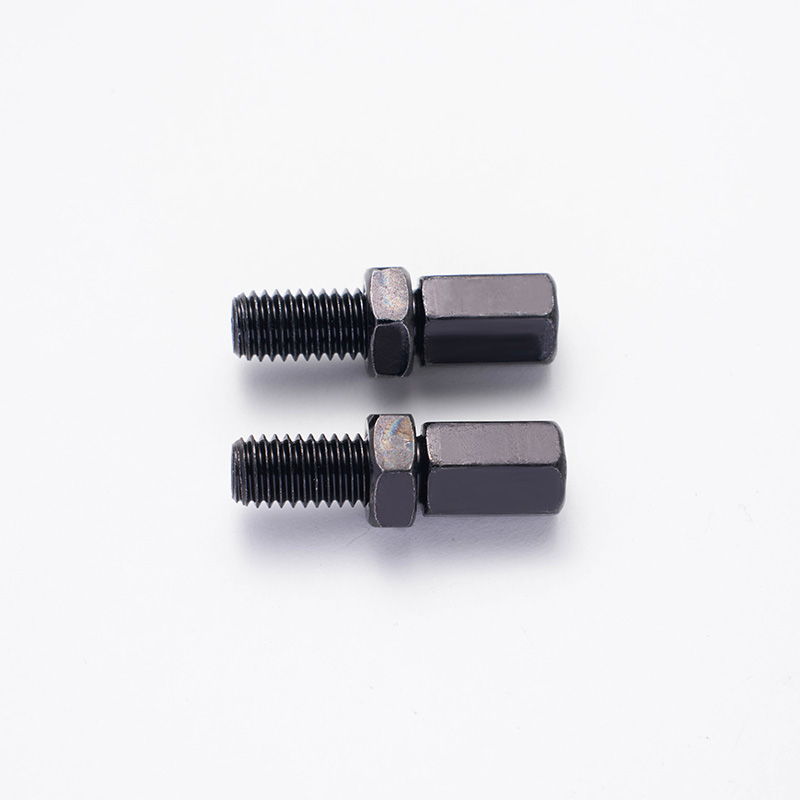
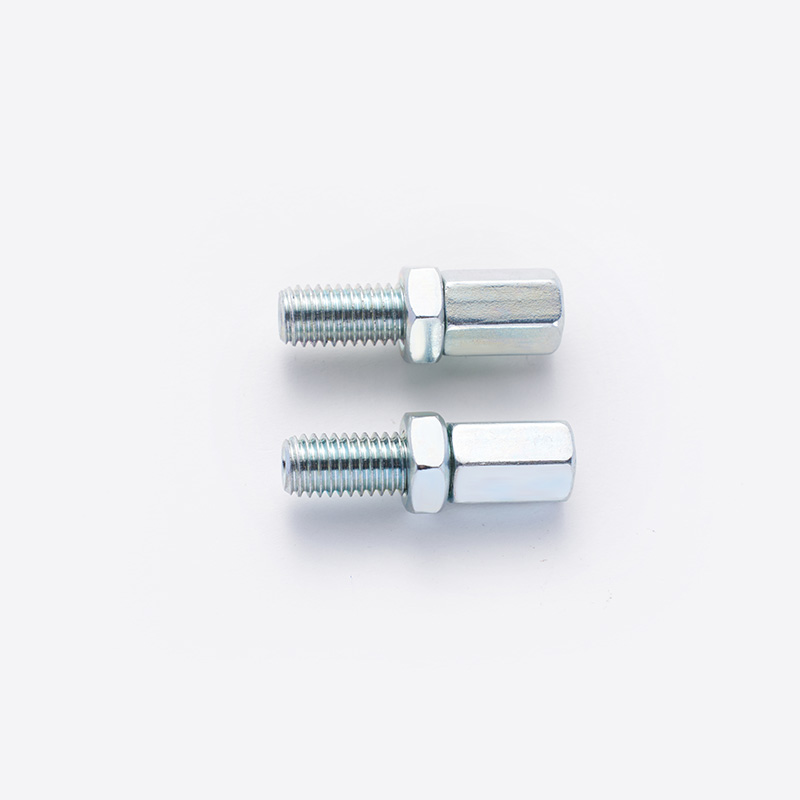
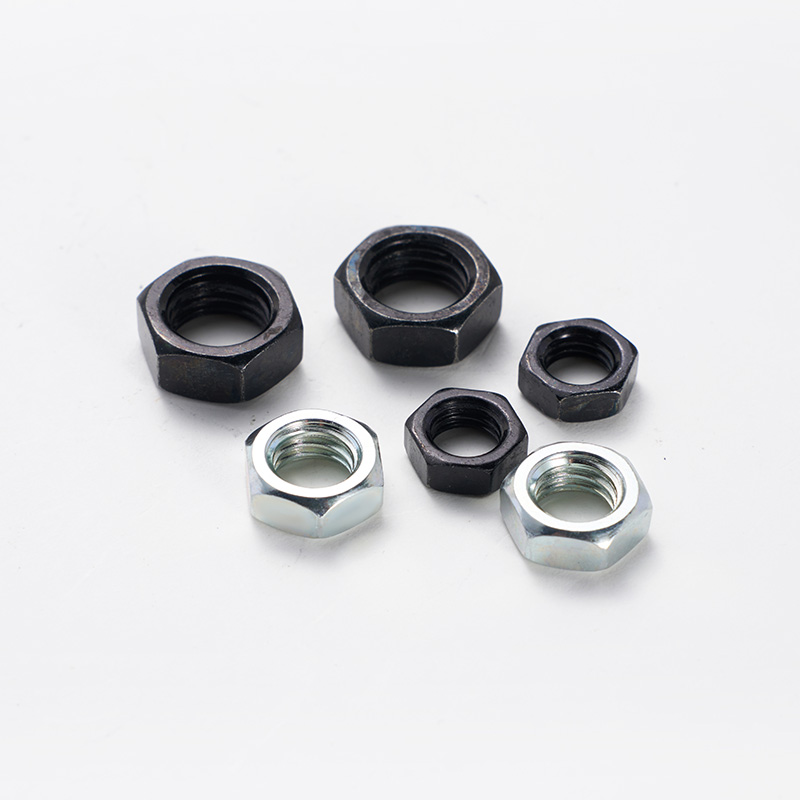
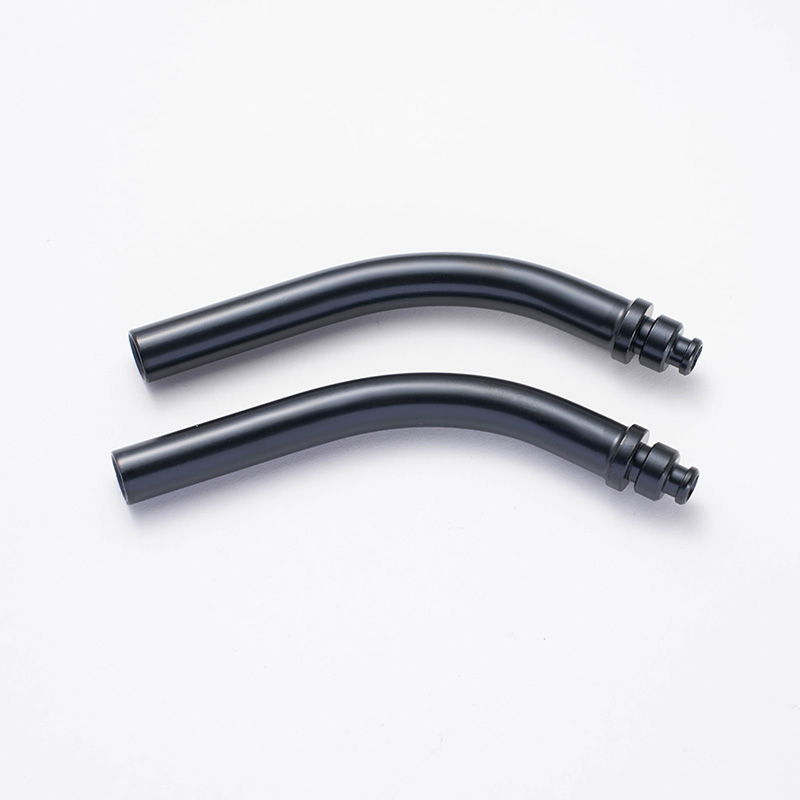







 English
English  Building 33, Demonstration Park, No. 318 Chenguang Road, Eastern New District, Wenling City, Taizhou City, Zhejiang Province, China
Building 33, Demonstration Park, No. 318 Chenguang Road, Eastern New District, Wenling City, Taizhou City, Zhejiang Province, China  0086-576-86337978
0086-576-86337978  0086-576-86333878
0086-576-86333878
 boo@zjmgmm.com
boo@zjmgmm.com 